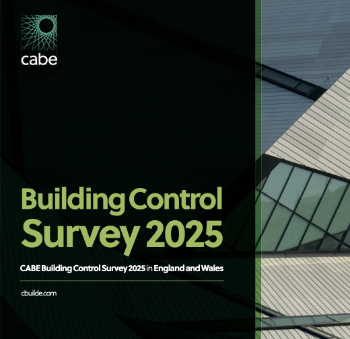Wind Resistance for External Blinds
External shading systems such as blinds can reduce heat gain almost to zero, and can result in savings of 65% on air conditioning costs. They remove the internal clutter of boxes or rollers around windows, and can even provide insulation in winter.
However, for external systems to perform well, they must withstand precipitation, extreme temperatures and, most crucially, strong winds.
In recent years, there has been a confusion of sales messages about wind resistance and increasingly bold statements about wind speeds and product thresholds. As a result, at European level, a number of interrelated and complex standards have been introduced or updated to regulate this area.
The wind is a powerful force. Even modern wind turbines are designed to be switched off at 100 km/h. In fact, during high winds, wind farms are evacuated and nearby footpaths and roads are closed.
It is for good reasons therefore that external shading systems are regulated by European Norms under the Construction Products Regulations (CPR), with mandatory CE marking introduced in June 2013.
Whilst it is crucial for architects and design teams to have an awareness of the key points when specifying shading solutions, the plethora of interrelated standards that regulate shading systems does not make for light bedtime reading.
In Europe, product manufacturers must:
- CE mark external blinds to these classifications, or specify that they are not classified.
- Define a windspeed over which blinds must be retracted.
- Verify that non-retractable parts of their products can withstand 800 N/m2 without deformation.
By --Guthrie Douglas Group Limited
[edit] Find out more
[edit] Related articles on Designing Buildings Wiki
Featured articles and news
Difficult Sites: Architecture Against the Odds
Free exhibition at the RIBA Architecture Gallery until 31 May.
Designing Buildings reaches 20,000 articles
We take a look back at some of the stranger contributions.
Lessons learned from other industries.
The Buildings of the Malting Industry. Book review.
Conserving places with climate resilience in mind.
Combating burnout.
The 5 elements of seiri, seiton, seiso, seiketsu and shitsuke.
Shading for housing, a design guide
A look back at embedding a new culture of shading.
The Architectural Technology Awards
The AT Awards 2025 are open for entries!
ECA Blueprint for Electrification
The 'mosaic of interconnected challenges' and how to deliver the UK’s Transition to Clean Power.
Grenfell Tower Principal Contractor Award notice
Tower repair and maintenance contractor announced as demolition contractor.
Passivhaus social homes benefit from heat pump service
Sixteen new homes designed and built to achieve Passivhaus constructed in Dumfries & Galloway.
CABE Publishes Results of 2025 Building Control Survey
Concern over lack of understanding of how roles have changed since the introduction of the BSA 2022.
British Architectural Sculpture 1851-1951
A rich heritage of decorative and figurative sculpture. Book review.
A programme to tackle the lack of diversity.






















